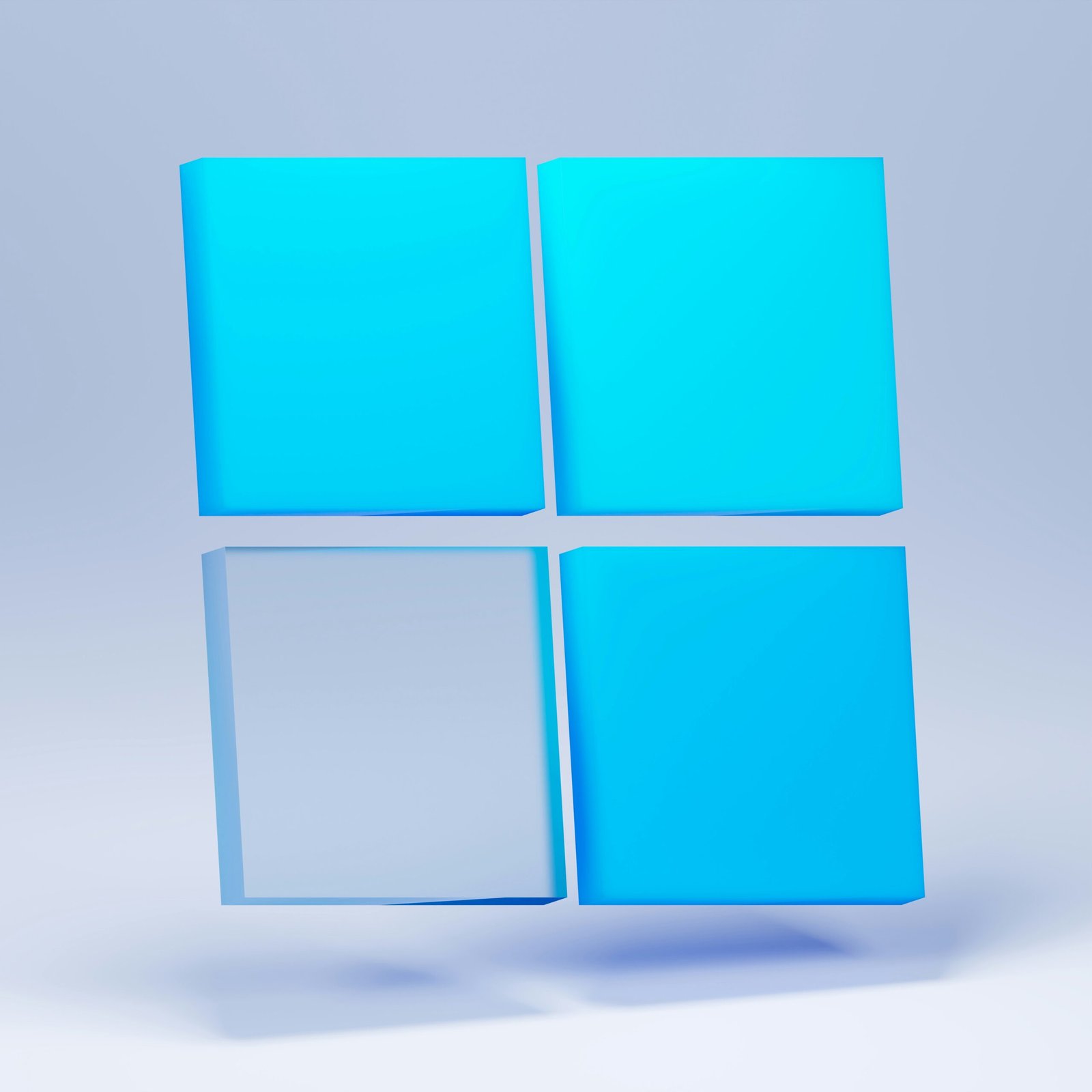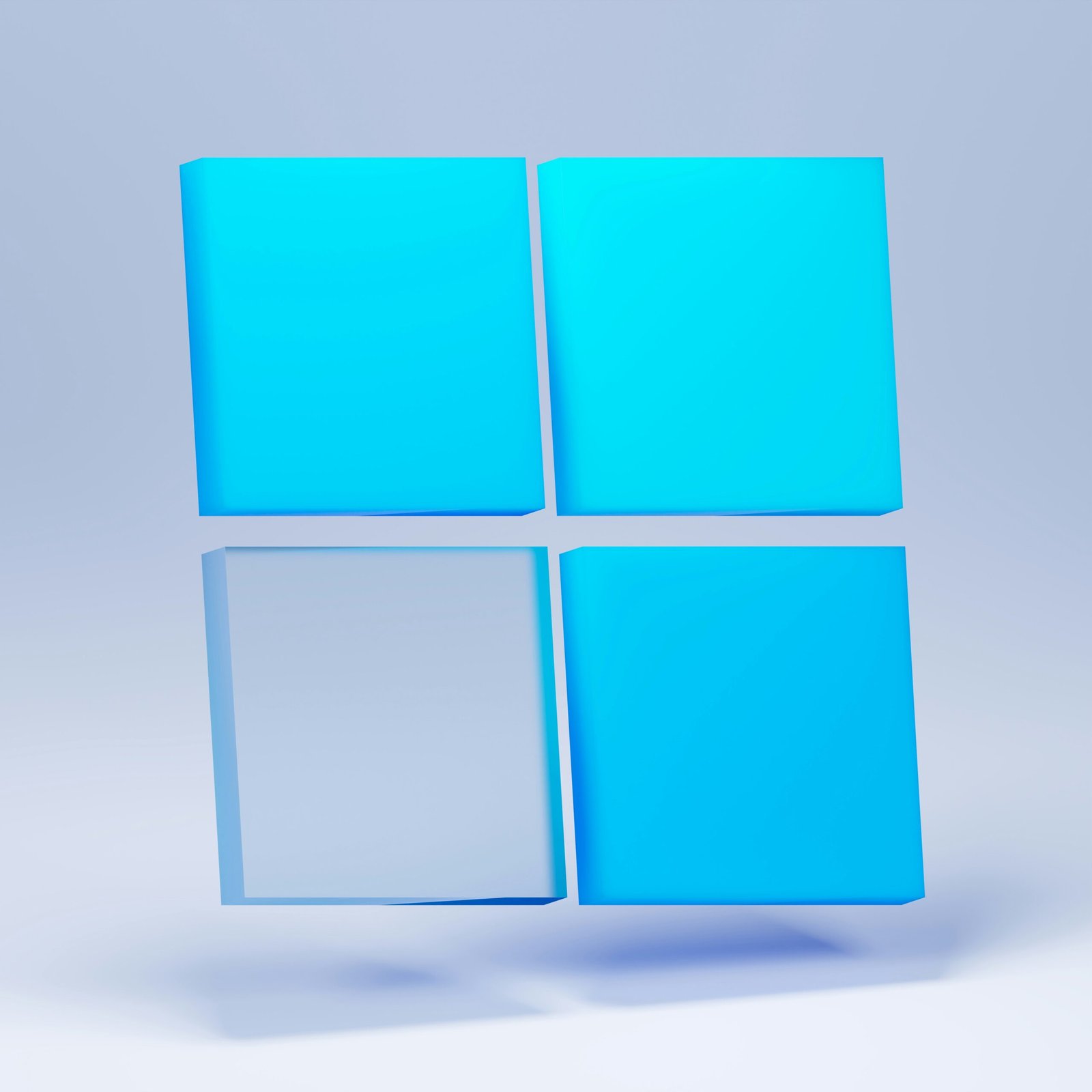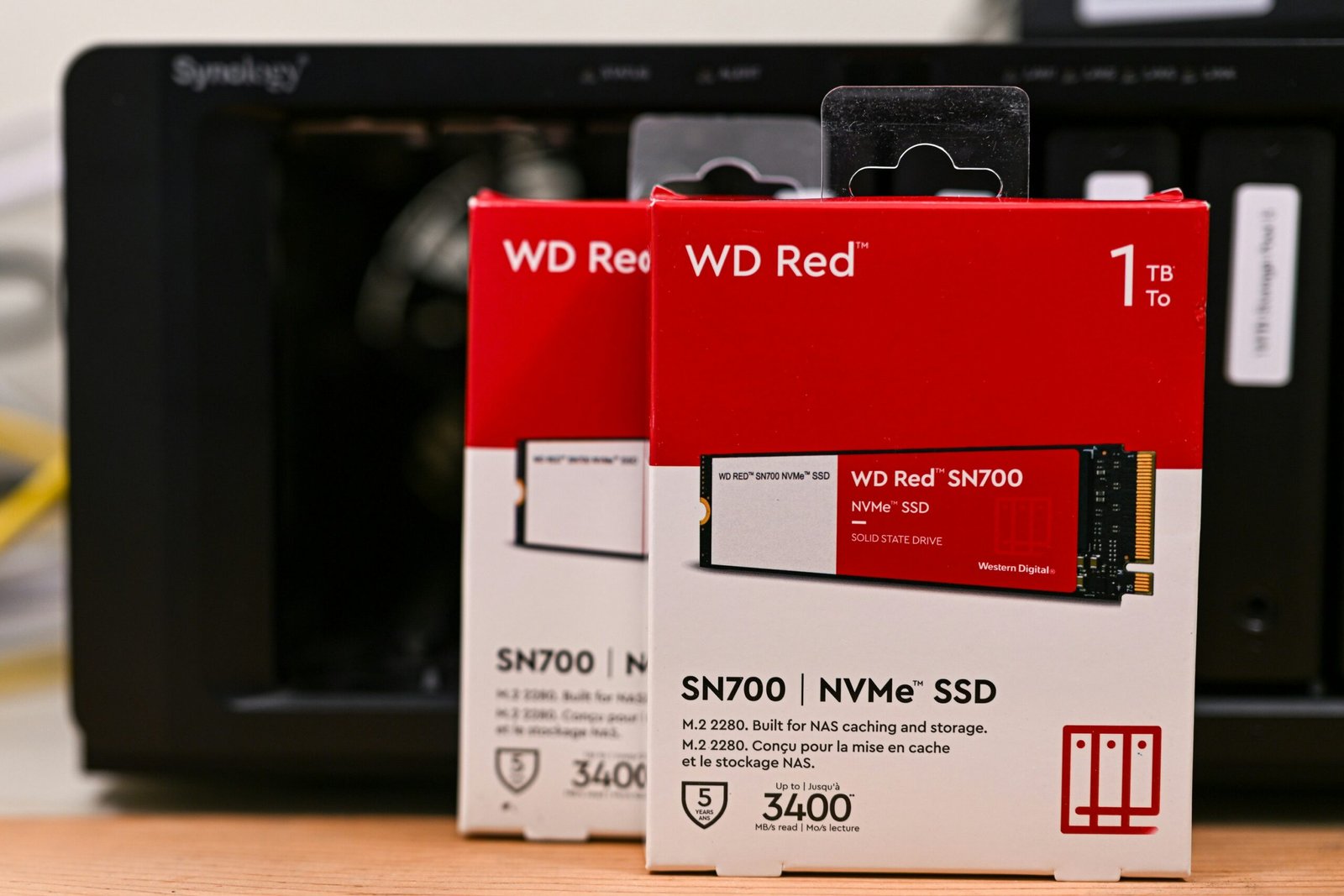The Evolution of Windows Operating System Versions

When it comes to operating systems, Windows has been a dominant player in the market for decades. With each new release, Microsoft has introduced innovative features and improvements to enhance the user experience. In this article, we will take a journey through the different versions of the Windows operating system.
Windows 1.0
Released in 1985, Windows 1.0 was the first graphical user interface (GUI) based operating system from Microsoft. It introduced features like a mouse-driven interface, icons, and overlapping windows. However, it was limited in terms of functionality and compatibility.
Windows 3.0
In 1990, Microsoft released Windows 3.0, which marked a significant milestone in the evolution of Windows. It introduced improved performance, enhanced graphics, and support for a wider range of applications. Windows 3.0 also included the iconic Solitaire game, which became a favorite pastime for many users.
Windows 95
In 1995, Windows 95 was released, bringing a major overhaul to the Windows operating system. It introduced the iconic Start button and taskbar, making it easier for users to navigate and access their files and programs. Windows 95 also brought significant improvements in terms of stability and multimedia capabilities.
Windows XP
Windows XP, released in 2001, is considered one of the most popular and widely used versions of Windows. It brought a more modern and user-friendly interface, improved performance, and enhanced security features. Windows XP remained a favorite among users for many years, even after newer versions were released.
Windows Vista
Windows Vista, released in 2006, aimed to bring a more visually appealing and feature-rich experience to Windows users. However, it was met with mixed reviews due to its higher system requirements and compatibility issues with certain hardware and software. Despite its flaws, Windows Vista introduced new features like Windows Aero and improved security measures.
Windows 7
In 2009, Windows 7 was released, addressing many of the criticisms faced by its predecessor. It brought improved performance, better compatibility, and a refined user interface. Windows 7 also introduced features like the Snap feature for easy window management and improved touch support.
Windows 8
Windows 8, released in 2012, introduced a radical departure from the traditional Windows interface. It featured a new Start screen with live tiles and a focus on touch-based interactions. However, the abrupt change in the user interface received mixed reactions from users, leading to the release of Windows 8.1, which brought back some familiar elements like the Start button.
Windows 10
Windows 10, released in 2015, aimed to combine the best elements of Windows 7 and Windows 8. It brought a familiar Start menu along with the live tiles from Windows 8. Windows 10 also introduced features like Cortana, Microsoft Edge browser, and a focus on universal apps that work across different devices.
Windows 11
Recently, Microsoft announced the upcoming release of Windows 11, the next major version of the Windows operating system. Windows 11 promises a redesigned user interface, performance improvements, and new features like Snap layouts, virtual desktops, and direct integration with Microsoft Teams.
As technology continues to evolve, so does the Windows operating system. Each new version brings improvements and innovations to enhance the user experience. Whether you are a long-time Windows user or new to the platform, the evolution of Windows operating system versions showcases the continuous effort to provide a more intuitive and feature-rich computing experience.




